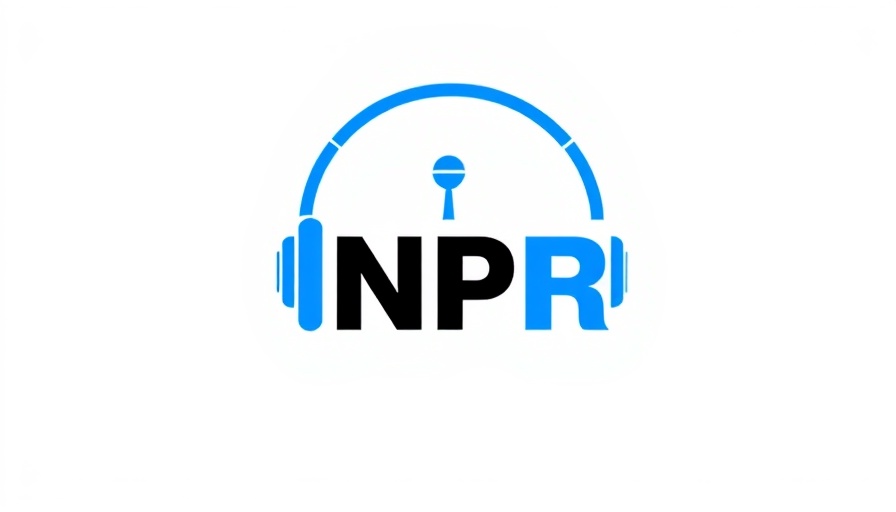
Understanding the Surge in Wearable Health Technologies
The world of fitness and health has been transformed in recent years by wearable technology—the kind of devices that can track a myriad of health metrics right from our wrists. With the rise of products like the Oura Ring, Apple Watch, Fitbit, and Whoop bands, it's no wonder that many find themselves eagerly joining the trend of health tracking. But what lies behind this wave of wearable health technologies?
The Allure of Data-Driven Insights
For many users, wearable devices offer more than mere gadgetry; they provide a chance to understand one's health better. Adam Clark Estes, a Vox journalist, recently explored his experience covering his body in health trackers. He noted, “the sleep tracking that I actually found made me adopt better habits.” With sleep quality becoming a priority, many individuals are starting to harness the knowledge these devices provide to enhance their overall well-being.
The Double-Edged Sword of Awareness
However, as Estes learned, there is a fine line between being informed and information overload. “All that information started making you anxious,” he explains. Such anxiety can stem from constantly tracking metrics—ranging from glucose levels to sleep cycles—especially if one amplifies focus on the data rather than on how these metrics enhance their life. The pressure to meet these sometimes unrealistic health goals can lead to increased stress and dissatisfaction.
Navigating Balance: The Good, The Bad, and The Ugly
It's essential to consider both the positive and negative consequences of using these devices. Research indicates that while many users report improved sleep and a better understanding of their health, others experience heightened anxiety and compulsive behaviors linked to constant number-crunching. Establishing a healthy relationship with these wearable devices may require users to prioritize mental well-being over relentless tracking.
Future Predictions of Health Wearables Market Trends
The market for wearable health technology is expected to keep escalating, with innovations set to push the capabilities of these devices further. Analysts suggest more sophisticated technologies like advanced biometrics and analytics will emerge, allowing better personalization in healthcare. This shift could help decrease user anxiety by offering tailored insights rather than generic data.
The Broader Implications on Mental Health
As the trend toward health tracking continues, one significant element that stakeholders must evaluate is the impact of these devices on mental health. While the technology can promote positive behavior changes, as seen in Estes’s better sleep habits, the associated anxiety or obsession could lead to negative emotions. Reflecting on how the data is used and ensuring a balance with mental well-being is crucial to maximizing the benefits of such technologies.
Practical Tips for Responsible Use of Health Trackers
To navigate wearable health technology effectively, users can take several steps. Firstly, set specific goals that prioritize health outcomes rather than raw numbers. Learning to interpret the data intuitively can reduce unnecessary pressure. It’s also advisable to take regular breaks from wearing devices to foster a more relaxed relationship with health metrics.
Common Misconceptions in the Wearable Health Space
Many believe that increased tracking equates to improved health outcomes, but this is not always true. Users may misinterpret data, leading to misguided health decisions. Education on understanding the metrics and how they relate to personal health is critical. Companies producing these devices should focus on user education to enhance understanding and reduce anxiety.
Embracing a Holistic Approach to Health
Ultimately, embracing wearable health technologies requires a holistic view of well-being. Users should integrate insights from these devices with other aspects of health—mental, emotional, and physical—rather than treating them as standalone indicators. Being mindful of how one interacts with this data will allow individuals to reap the benefits without falling into the trap of anxiety and obsessive tracking.
As wearables become increasingly embedded in our lives, it’s important for users and developers alike to initiate discussions on health literacy and mental well-being surrounding the use of these devices. These conversations will be crucial to ensuring the technology serves its intended purpose—enhancing health rather than complicating it.
Considering these insights, take a moment to evaluate your own wearable technology use. Is it encouraging healthier habits, or is it becoming an additional source of stress? Reflecting on these questions can help you navigate this exciting yet complex landscape of health technology.
 Add Row
Add Row  Add
Add 




 Add Row
Add Row  Add
Add 

Write A Comment